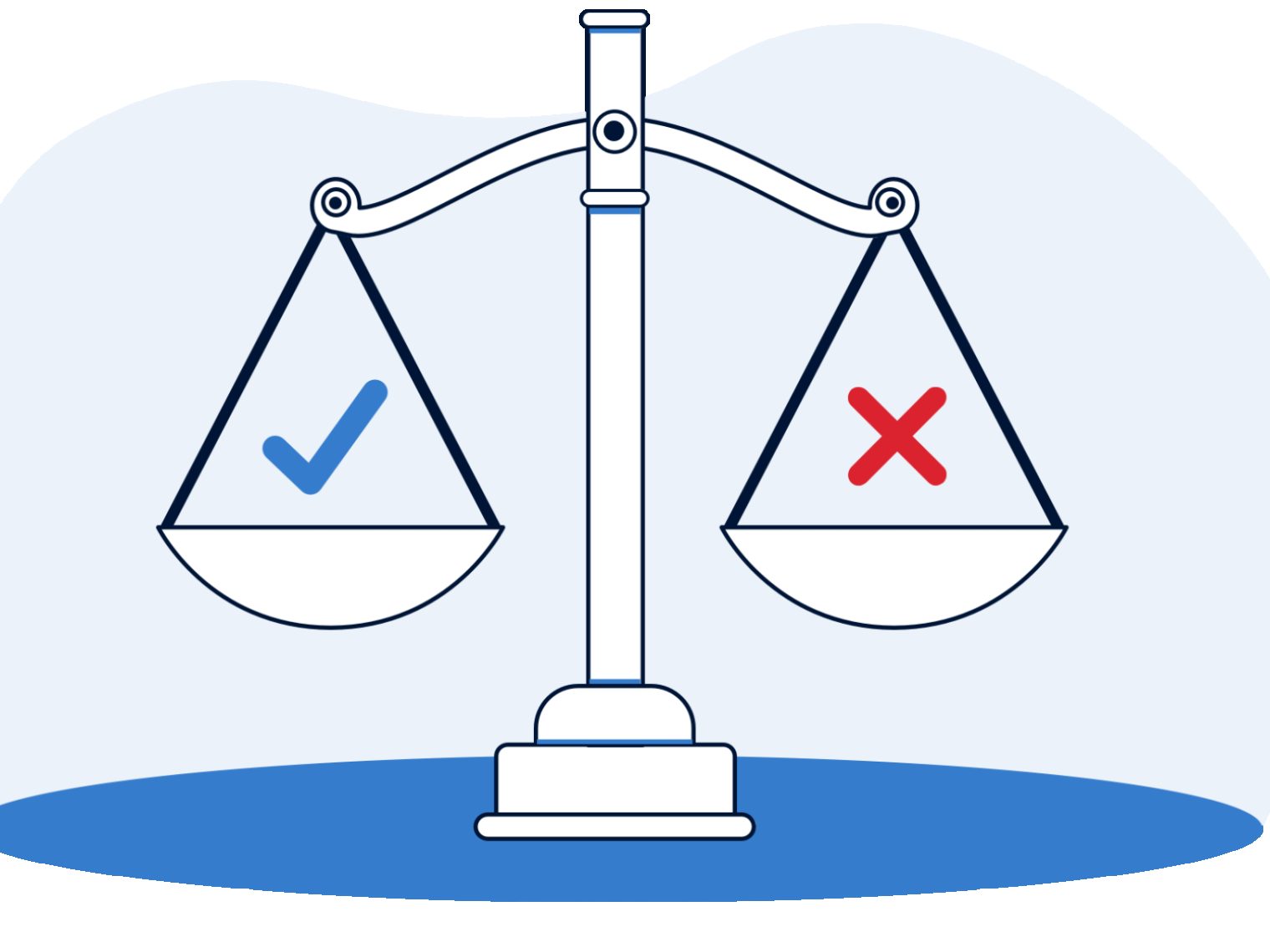The VA provides guidelines for residual income to ensure Veterans can afford daily living expenses. We take a deep dive here into residual income requirements and what to expect in this part of the loan process.
VA residual income is the discretionary income leftover each month after paying all major expenses, including the mortgage payment. Residual income requirements vary by location, loan amount and family size.
The heart of this requirement is discretionary income. Residual income looks at how much money you have leftover each month after paying all expected expenses, like loans, child care, utilities and more. The VA wants to know that Veterans have enough residual income to cover things like gas, food, clothing and other typical family needs after the mortgage payment.
VA Residual Income Charts
VA residual income minimums reflect how housing costs and other expenses vary based on family size and where in the country you’re buying. That’s why larger families in the Northeast and the West need more residual income than similar families in the Midwest and South.
The VA also requires less residual income for borrowers with loan amounts below $80,000.
Here’s a look at the VA’s residual income charts by loan amount and region. Scroll to the third chart to see which region your state is in.
VA Residual Income Chart for Loan Amounts of $79,999 and Below
| Family Size | Northeast | Midwest | South | West |
|---|---|---|---|---|
| 1 | $390 | $382 | $382 | $425 |
| 2 | $654 | $641 | $641 | $713 |
| 3 | $788 | $772 | $772 | $859 |
| 4 | $888 | $868 | $868 | $976 |
| 5 | $921 | $902 | $902 | $1,004 |
VA Residual Income Chart for Loan Amounts Above $80,000
| Family Size | Northeast | Midwest | South | West |
|---|---|---|---|---|
| 1 | $450 | $441 | $441 | $491 |
| 2 | $755 | $738 | $738 | $823 |
| 3 | $909 | $889 | $889 | $990 |
| 4 | $1,025 | $1,003 | $1,003 | $1,117 |
| 5 | $1,062 | $1,039 | $1,039 | $1,158 |
Key Geographic Regions for VA Residual Income Charts
| Region | States |
|---|---|
| Northeast | Connecticut, Maine, Massachusetts, New Hampshire, New Jersey, New York, Pennsylvania, Rhode, Island, Vermont |
| Midwest | Illinois, Indiana, Iowa, Kansas, Michigan, Minnesota, Missouri, Nebraska, North Dakota, Ohio, South Dakota, Wisconsin |
| South | Alabama, Arkansas, Delaware, DC, Florida, Georgia, Kentucky, Louisiana, Maryland, Mississippi, North Carolina, Oklahoma, Puerto Rico, South Carolina, Tennessee, Texas, Virginia, West Virginia |
| West | Alaska, Arizona, California, Colorado, Hawaii, Idaho, Montana, Nevada, New Mexico, Oregon, Utah, Washington, Wyoming |
The VA instructs lenders to count all members of a household, including children from a previous marriage who depend on the borrower for financial support.
Lenders may be able to reduce the residual income requirement by 5% for active duty service members and borrowers purchasing within close proximity of a military installation. These borrowers may have access to cheaper, tax-free goods on the installation.
Calculating Residual Income for VA Loans
The VA residual income guidelines consider only significant monthly obligations. Lenders aren't going to hunt through your bank statements to determine how much you spend on small-ticket items.
Remember, your new mortgage payment will be a key component of the residual income calculation.
Here's an example calculation of residual income. In our example, we'll assume the Veteran makes $5,000 a month and has the following expenses:
| Income Variable | Calculation |
|---|---|
| Gross monthly income | =$5,000 |
| Installment loans (ex: auto & student loans) | -$800 |
| Revolving loans (ex: credit cards) | -$100 |
| Child care/child support/alimony | -$300 |
| Full monthly mortgage payment | -$1,200 |
| Estimated utility costs | -$280 |
| Estimated residual income | =$2,200 |
VA lenders will multiply the home's square footage by 0.14% to estimate monthly utility costs. In our example, the $280 comes from the estimating utilities for a 2,000-square-foot home (2,000 x 0.14 = $280).
Lenders can pull most of these monthly expenses directly from your credit report. They may inquire about others in order to obtain the best estimate possible.
Residual Income and DTI Ratio
Residual income and debt-to-income ratio are interconnected financial guidelines for VA lenders. VA encourages lenders to put more weight on residual income than DTI ratio, and prospective borrowers with higher debt ratios will typically need to meet a higher standard for residual income.
At Veterans United, all borrowers with a DTI ratio above 41% must have enough residual income to exceed their guideline by 20%.
For example, a family of four in the Midwest would typically need $1,003 in residual income. But if their DTI ratio is higher than 41%, they’ll need at least $1,204 in residual income each month.
Offsetting Residual Income
Prospective VA buyers who have income streams within the household that aren’t being considered for loan qualification may be able to use that money to lighten their residual income guideline.
Lenders may be willing to remove family members from the residual calculations if a non-purchasing spouse or a working-age child has sufficient income to cover their monthly debts. This can include children who receive Social Security or disability income, child support and other forms of income, provided it’s likely to continue for at least three years.
It’s possible for a non-purchasing spouse’s income to offset any children living in the home for residual income purposes.
Here’s a general example of how this can work.
Let’s say our same Midwestern family of four is buying a $200,000 home. Normally, they would need at least $1,003 in residual income. But if the non-purchasing spouse has enough monthly income to cover their debts and the difference in residual income, lenders can treat this family of four as a family of three for residual income purposes.
In this example, the non-purchasing spouse would need at least $114 leftover each month after paying debts. That’s the difference between the residual requirement for a family of four ($1,003) and the requirement for a family of three ($889).
Guidelines and policies on residual income offsets can vary by lender. Veterans United does allow for residual offsets for eligible borrowers.
Why Does the VA Have a Residual Income Requirement?
The VA’s residual income guideline offers a powerful and realistic way to look at VA loan affordability and whether new homeowners have enough income to cover living expenses and stay current on their mortgage.
Residual income is one of the more significant reasons VA loans have such a low foreclosure rate, even though about 8 in 10 VA buyers purchase without a down payment.
The VA wants to know that Veterans have enough residual income to cover things like gas, food, clothing and other typical family needs. A mortgage payment can put a new strain on family finances. So borrowers looking to start the VA loan process will need a minimum amount of residual income depending on their loan amount, where they live and how many people live in the home.
What If I Fail to Meet VA Residual Income Guidelines
Failing to meet the residual income standard isn’t supposed to trigger automatic rejection of a VA home loan application. But a clearly inadequate residual income can lead to a loan denial. The VA does not define “clearly inadequate,” which means approaches can vary by lender.
At Veterans United, we typically require borrowers to meet their residual income requirement, with rare exceptions.
Remember, a huge part of the residual income calculation is your new projected mortgage payment. If your residual income is on the margins, one way to adjust might be to set your sights a little lower in terms of your homebuying budget.
How We Maintain Content Accuracy
Our mortgage experts continuously track industry trends, regulatory changes, and market conditions to keep our information accurate and relevant. We update our articles whenever new insights or updates become available to help you make informed homebuying and selling decisions.
Current Version
Jan 7, 2025
Written ByChris Birk
Reviewed ByTara Dometrorch
Fact checked and reviewed by team lead underwriter Tara Dometrorch.
Related Posts
-
 VA Renovation Loans for Home ImprovementVA rehab and renovation loans are the VA's answer to an aging housing market in the United States. Here we dive into this unique loan type and the potential downsides accompanying them.
VA Renovation Loans for Home ImprovementVA rehab and renovation loans are the VA's answer to an aging housing market in the United States. Here we dive into this unique loan type and the potential downsides accompanying them. -
 Pros and Cons of VA LoansAs with any mortgage option, VA loans have pros and cons that you should be aware of before making a final decision. So let's take a closer look.
Pros and Cons of VA LoansAs with any mortgage option, VA loans have pros and cons that you should be aware of before making a final decision. So let's take a closer look.

